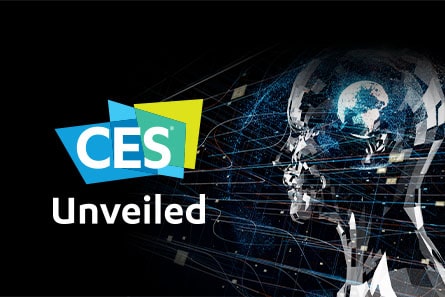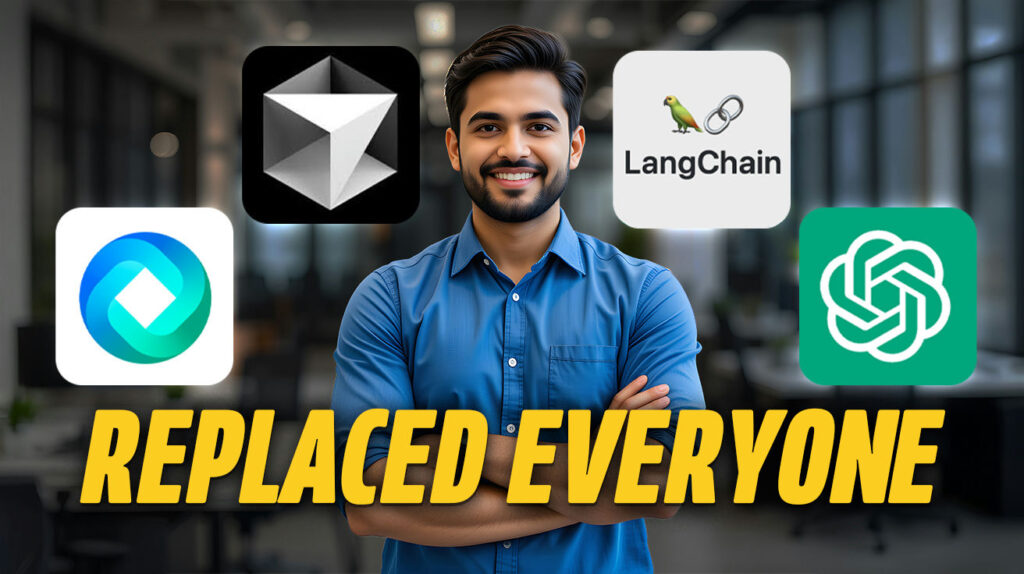
The specialist era is ending. Today’s most valuable professionals aren’t deep experts in single technologies—they’re Swiss Army knives who deploy multiple AI tools to solve real problems. This shift isn’t theoretical; it’s happening across industries as businesses demand employees who can assess situations and deploy the right combination of tools quickly. You’re not just learning software anymore—you’re building an unfair advantage in a world where adaptability trumps specialization. These 12 battle-tested platforms represent your roadmap to becoming indispensable in 2025’s AI-driven workplace.
12. Runway AI: Hollywood Production on Any Budget
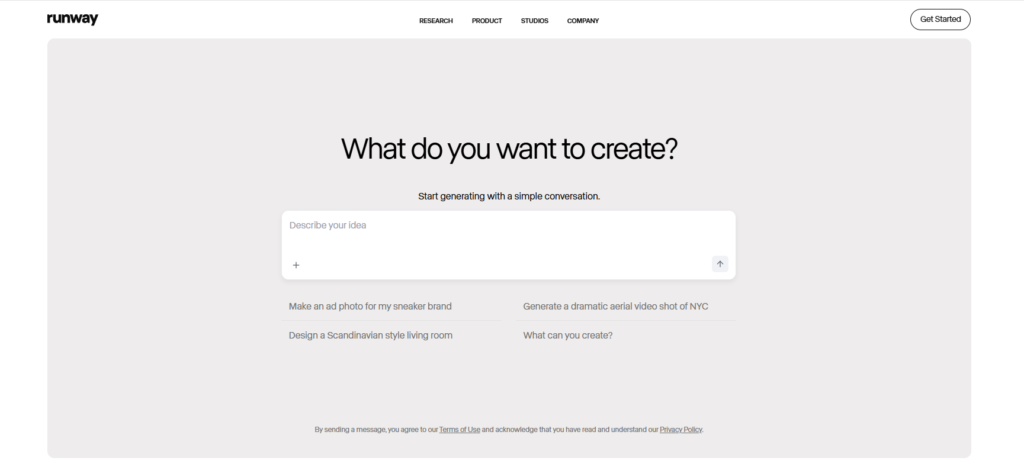
Video production traditionally required substantial resources, crews, and equipment. Runway AI transforms text descriptions into professional-quality videos, animations, and complex scenes using nothing but concepts and internet connections.
Product demos, explainer videos, social media content, and promotional clips materialize in minutes rather than days. Unlike most AI-generated content that feels uncanny, Runway’s outputs look intentional and polished. Content creators and marketers finally have access to video production without prohibitive costs or technical complexity.
11. AI Writing Assistants: Content That Preserves Your Voice
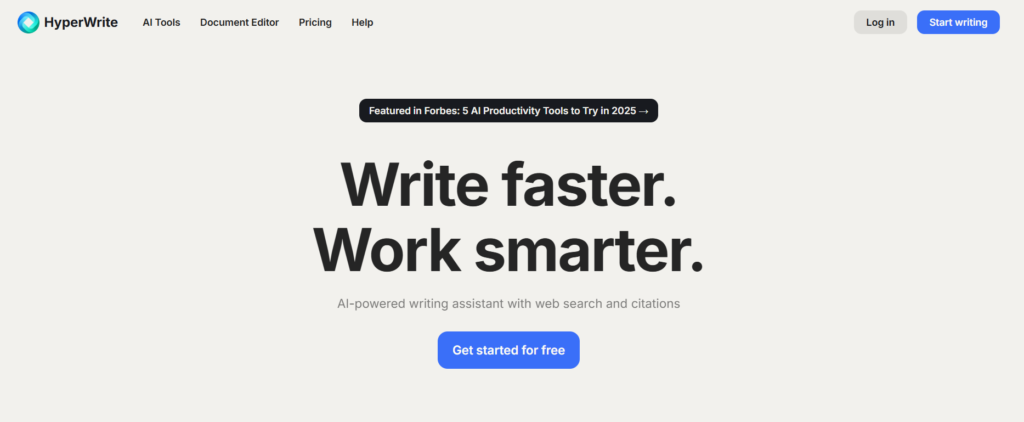
Most AI writing tools produce generic content that reads like committee-written marketing copy. Advanced AI writing assistants analyze your existing writing to understand tone, vocabulary, sentence structure, and stylistic quirks—creating content that sounds authentically yours.
This capability proves particularly valuable for consistent content creation across channels. Newsletters, social posts, video scripts, and course materials maintain your authentic voice even when you lack time to write everything personally. Creators and professionals whose brands depend on communication style can scale content production without diluting what makes it uniquely theirs.
10. Postman: The Universal AI Tool Connector
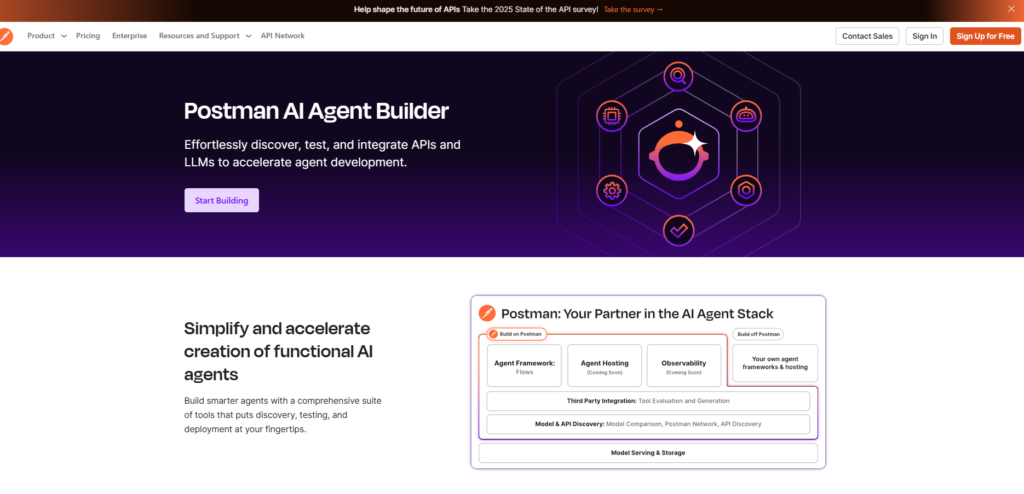
Specialized AI tools create incredible value individually, but integration multiplies their power exponentially. Postman serves as the universal translator letting these tools communicate without requiring computer science expertise.
This API platform simplifies connecting different services, testing interactions, and building complex systems from simpler components. Real magic happens when combining AI tools unexpectedly—feeding outputs from one tool into another creates integrated solutions that surpass what any single platform offers alone.
9. AI-Powered Code Editors: Smart Development for Everyone
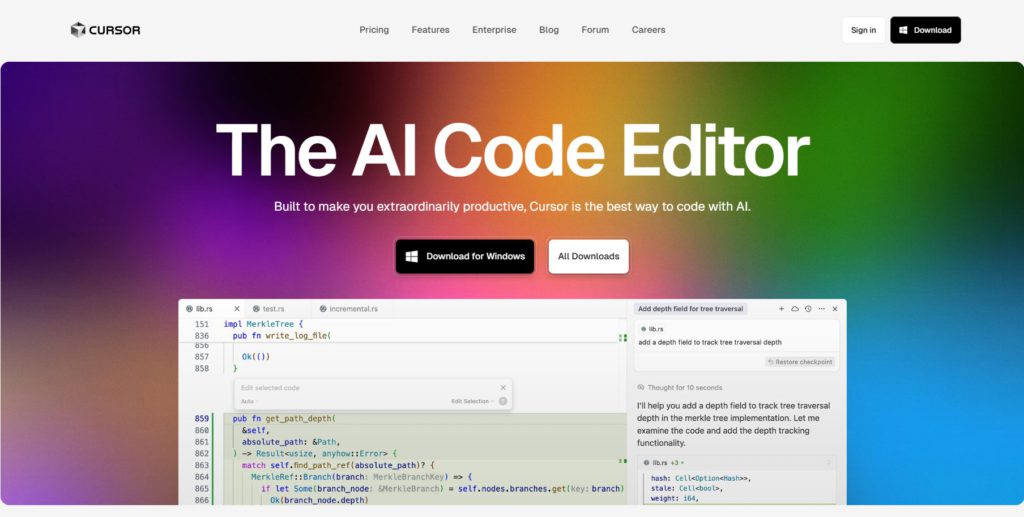
Think of AI-powered code editors as your personal senior developer—one who never judges you for googling basic syntax. These tools learn your coding style and anticipate what you’re building, transforming complex development tasks into simple conversations.
Need user authentication added to your app? Your AI assistant handles it in minutes instead of hours. Want mobile responsiveness? Already done. These editors bridge the gap between no-code simplicity and custom development power, making coding accessible without sacrificing control or customization options.
8. Descript: Video Editing as Simple as Document Editing
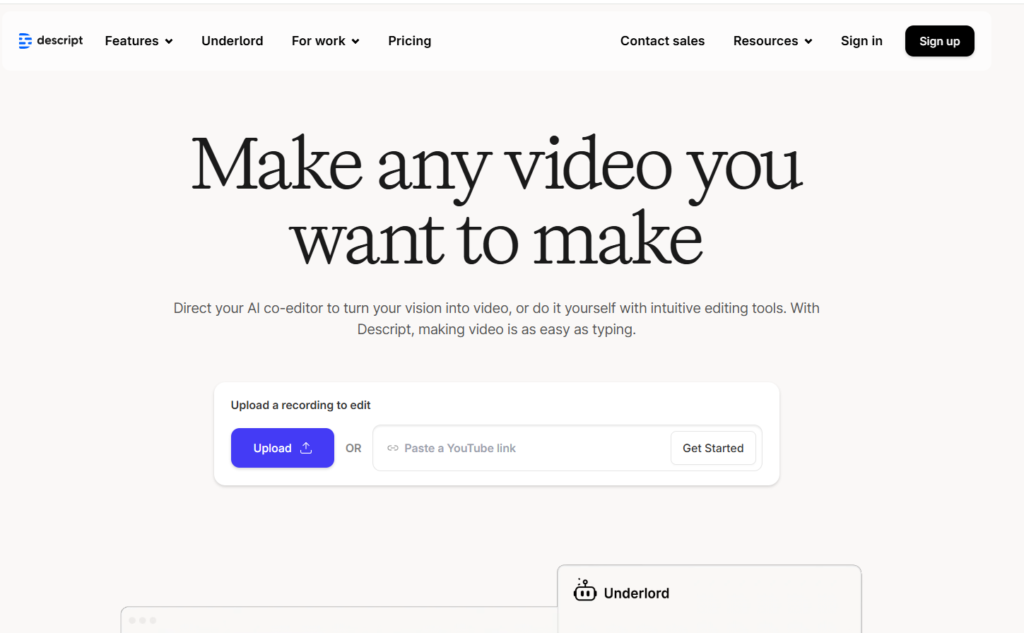
Traditional video editing required specialized skills, expensive software, and endless hours of technical tweaking. Descript flips this model by treating video like text—you cut, paste, and modify content by editing transcripts rather than struggling with complex timelines.
Beyond basic editing, Descript’s AI automatically removes filler words, smooths audio, creates natural transitions, and generates multiple social media cuts from longer videos. Content creators get professional results without professional training, removing technical barriers that made video editing a specialized skill.
7. ChatGPT-4o: Professional Visuals Without Design Skills

ChatGPT-4o represents a quantum leap in visual generation, making dedicated design tools look primitive by comparison. Product mockups for pitch decks, logo variations for new brands, custom illustrations for presentations—all emerge from text descriptions in seconds with professional quality.
The advantage lies in integrated visual generation with text understanding. You describe exactly what you want, refine through conversation, and receive results matching your vision instead of generic stock photo alternatives. It’s like having an on-demand graphic designer who never sleeps and never complains about revisions.
6. Prompt Engineering Platforms: Making AI Requests Scientific
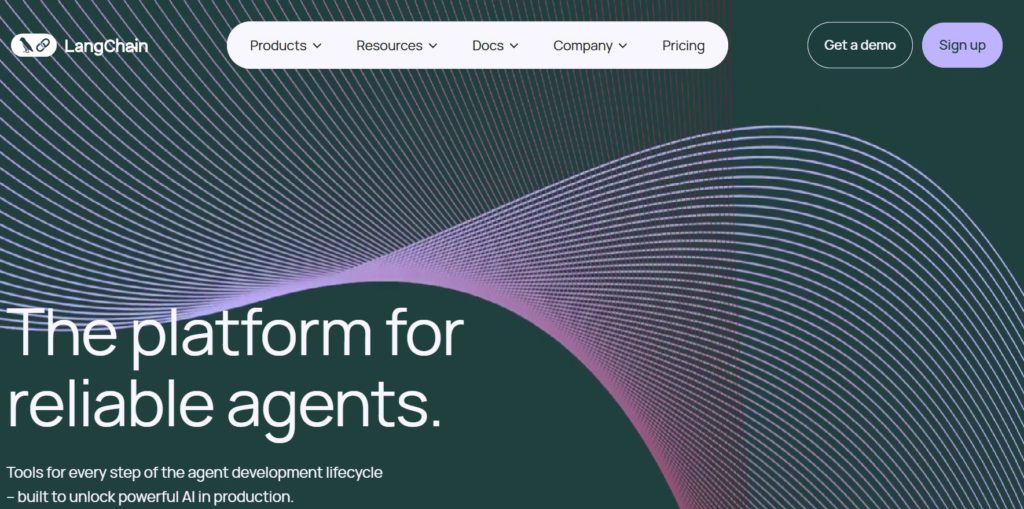
Getting consistent, high-quality AI results isn’t about finding secret prompts—it’s about structuring requests with scientific precision. Professional prompt management tools let you test, refine, and optimize prompts like a laboratory scientist, not a lucky guesser.
AB testing capabilities compare different prompt approaches side-by-side, showing exactly which phrasing produces superior results. These platforms eliminate the guesswork and randomness plaguing amateur prompt engineering, turning AI interaction from art into repeatable science with measurable outcomes.
5. AI Branding Tools: Consistent Identity Without Agencies
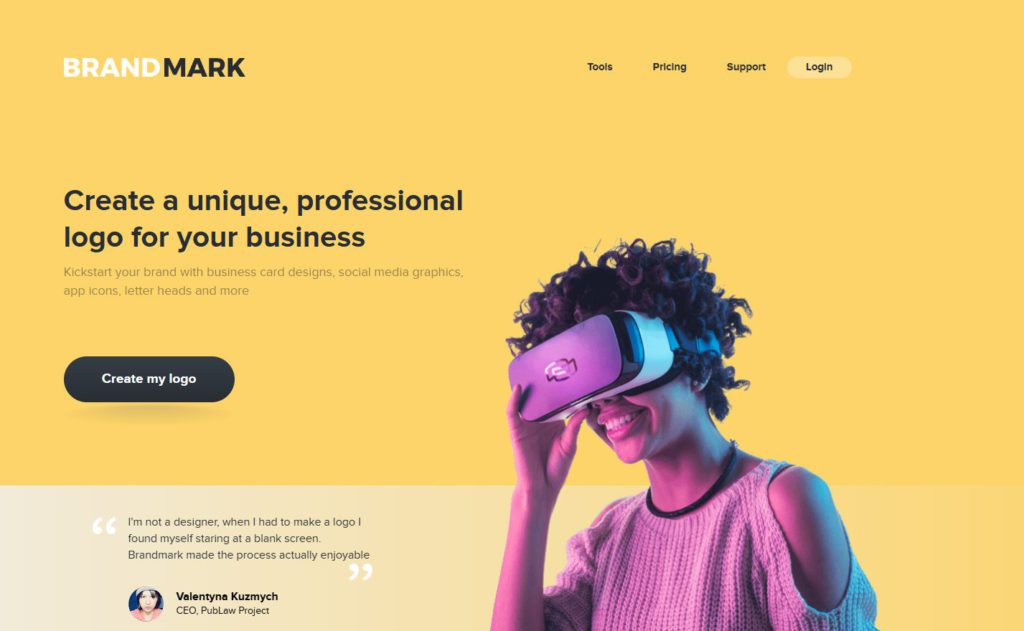
Professional branding used to require expensive design agencies and months of collaboration. AI branding tools compress this timeline into hours while maintaining quality that previously demanded teams of professionals.
These platforms generate cohesive visual systems—icons, illustrations, UI elements, and brand assets that feel naturally connected. Website icons match social media illustrations, which complement app UI elements. Startups and growing businesses achieve established visual presence without breaking budgets or waiting for lengthy design processes.
5. Voiceflow: Customer Service That Doesn’t Infuriate People
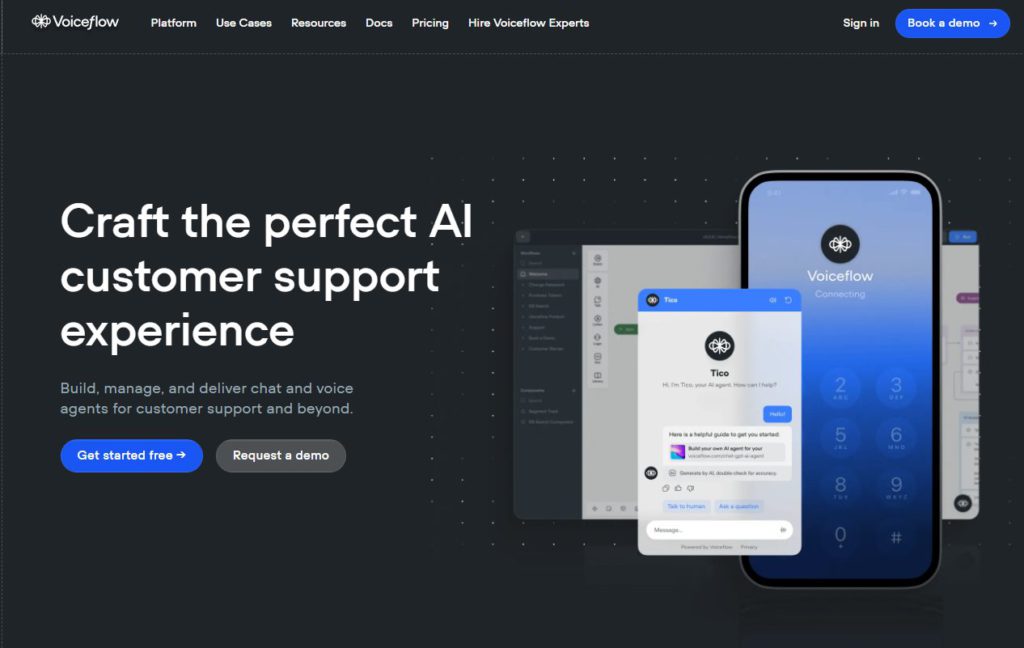
Most chatbots collapse the moment customers go off-script, leaving users feeling like they’re talking to a particularly dim toaster. Voiceflow creates conversational agents that understand context and handle complex interactions naturally.
The platform’s visual interface lets you map conversation flows like plotting a Netflix series—complete with twists, turns, and satisfying resolutions. You see exactly how your chatbot responds to different inputs and fine-tune responses without understanding underlying AI technology. Businesses drowning in customer service requests or needing 24/7 lead qualification find human-like scaling without hiring actual humans. Just don’t let it run the shop entirely, like Claude did.
4. No-Code App Development: Building Without Barriers
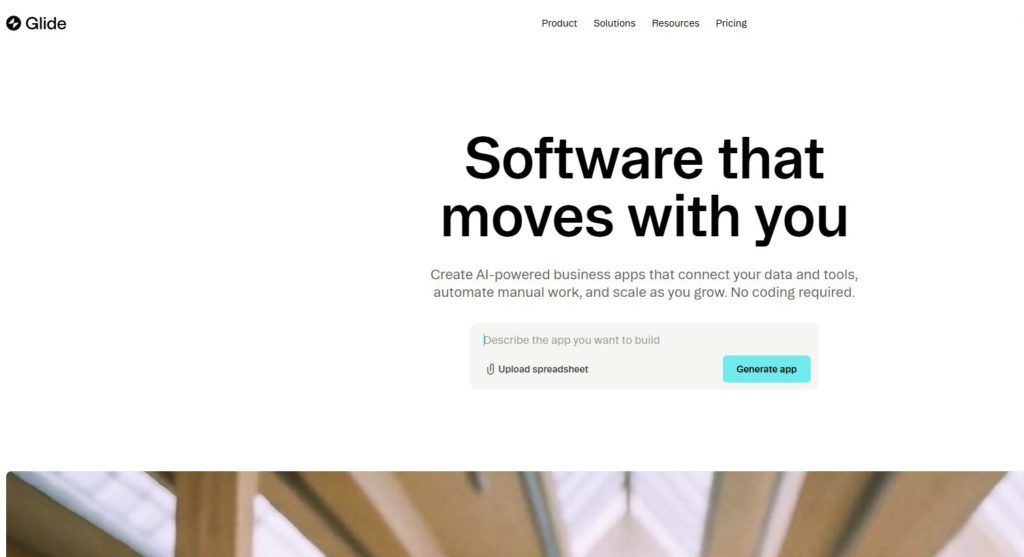
Building functional apps once required months of coding expertise and developer budgets. Today’s no-code platforms eliminate those barriers entirely. Students prototype projects that previously demanded computer science degrees, while employees create internal tools that IT departments would quote six months to develop.
These aren’t basic website builders producing amateur results. Modern no-code platforms generate legitimate applications that handle complex workflows, user authentication, and database management. You describe what you want, and professional-grade functionality materializes without touching a single line of code.
3. Internal AI Agent Builders: Workplace Automation Made Simple

Every organization drowns in repetitive tasks nobody wants but everyone needs completed. AI tools like No-code AI agent builders become your escape route from this soul-crushing cycle. Marketing teams summarize lengthy reports in minutes, HR departments extract qualifications from hundreds of resumes automatically, and sales teams identify high-intent prospects from social conversations.
These platforms shine when handling specialized internal processes—too unique for off-the-shelf solutions but not complex enough for custom development. You’re creating mini-robots that work inside your business, handling the tedious stuff while you focus on strategy and growth. It’s all about using AI to increase productivity.
2. N8N: Workflow Automation That Actually Thinks
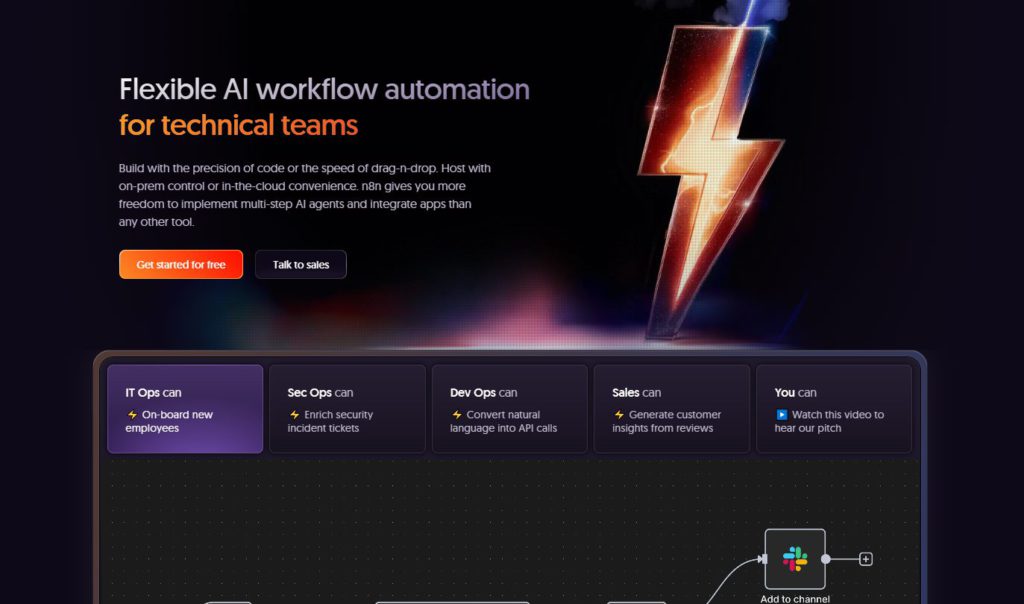
While basic automation tools move data from point A to point B, N8N creates intelligent workflows that adapt and make decisions. It’s the difference between a train following tracks and a self-driving car rerouting based on traffic conditions.
Students use it for automatically organizing study materials and creating custom flashcards from lecture notes. Businesses deploy it to monitor customer sentiment across platforms and trigger personalized responses. N8N’s real power emerges when you embed AI agents directly into workflows, creating automation that analyzes, decides, and acts without human intervention.
1. AI-Powered UX Design: Interfaces That Make Intuitive Sense
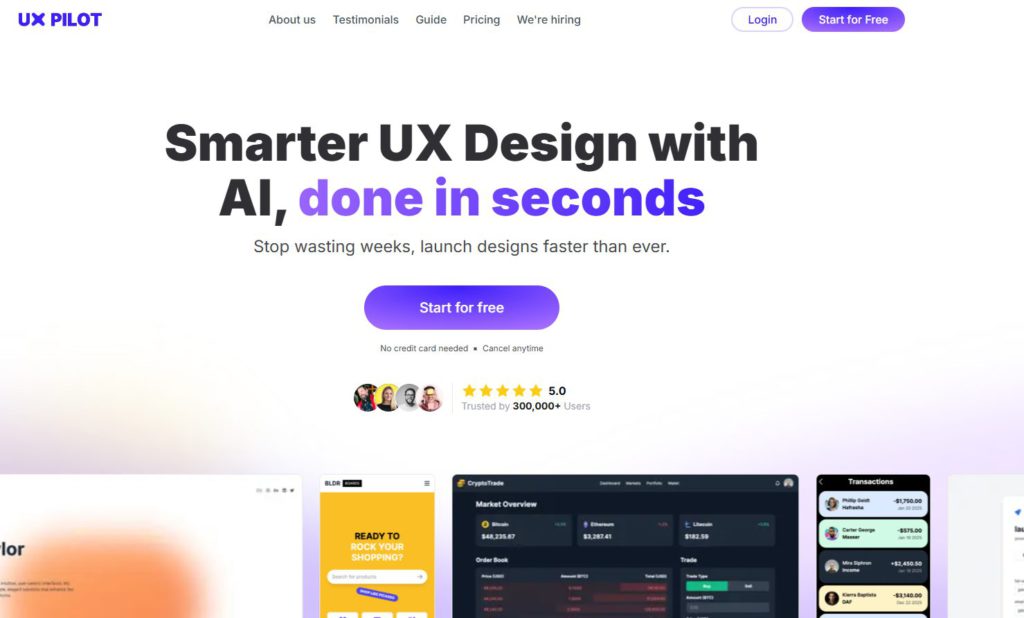
Great applications aren’t just functional—they create experiences that feel natural and intuitive. AI-powered UX design tools bridge the gap between “it works” and “it feels right” by prioritizing usability alongside aesthetics.
These platforms create user interfaces while highlighting potential friction points before they become problems. Working as a precursor to no-code development, you design the experience first, then implement it.
Last modified: July 25, 2025



